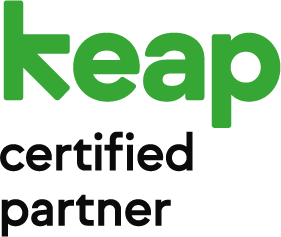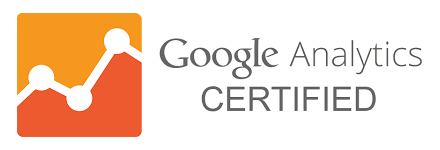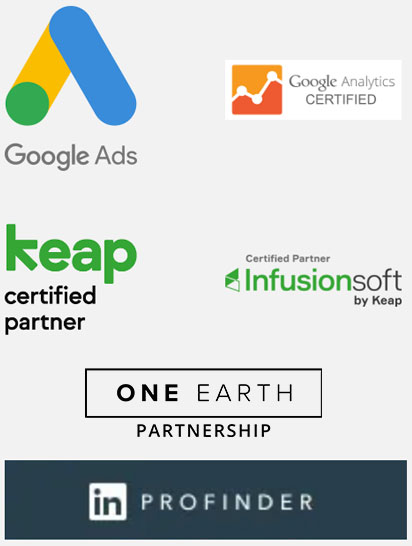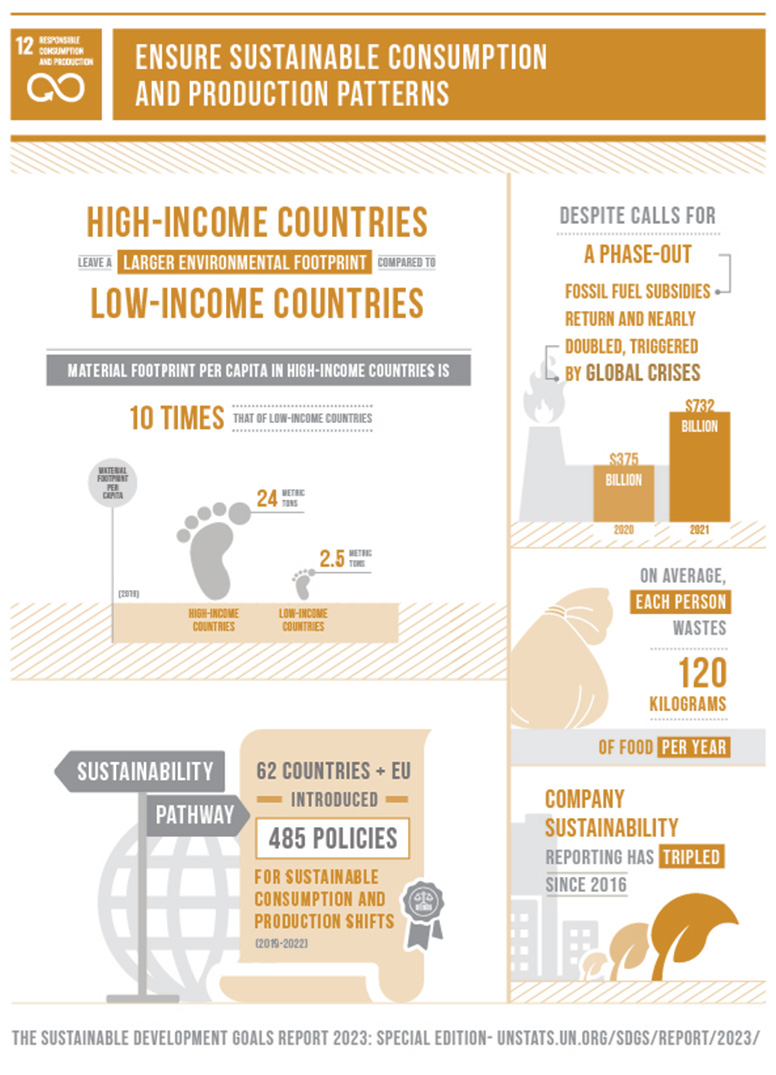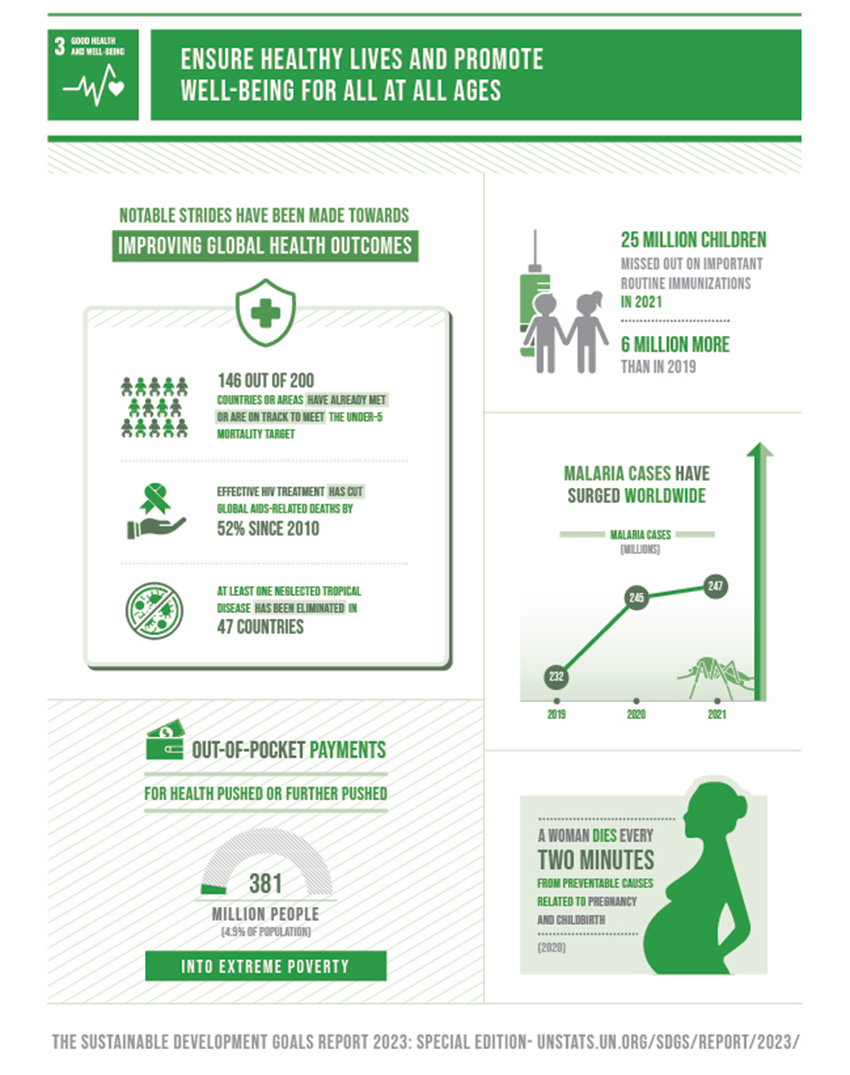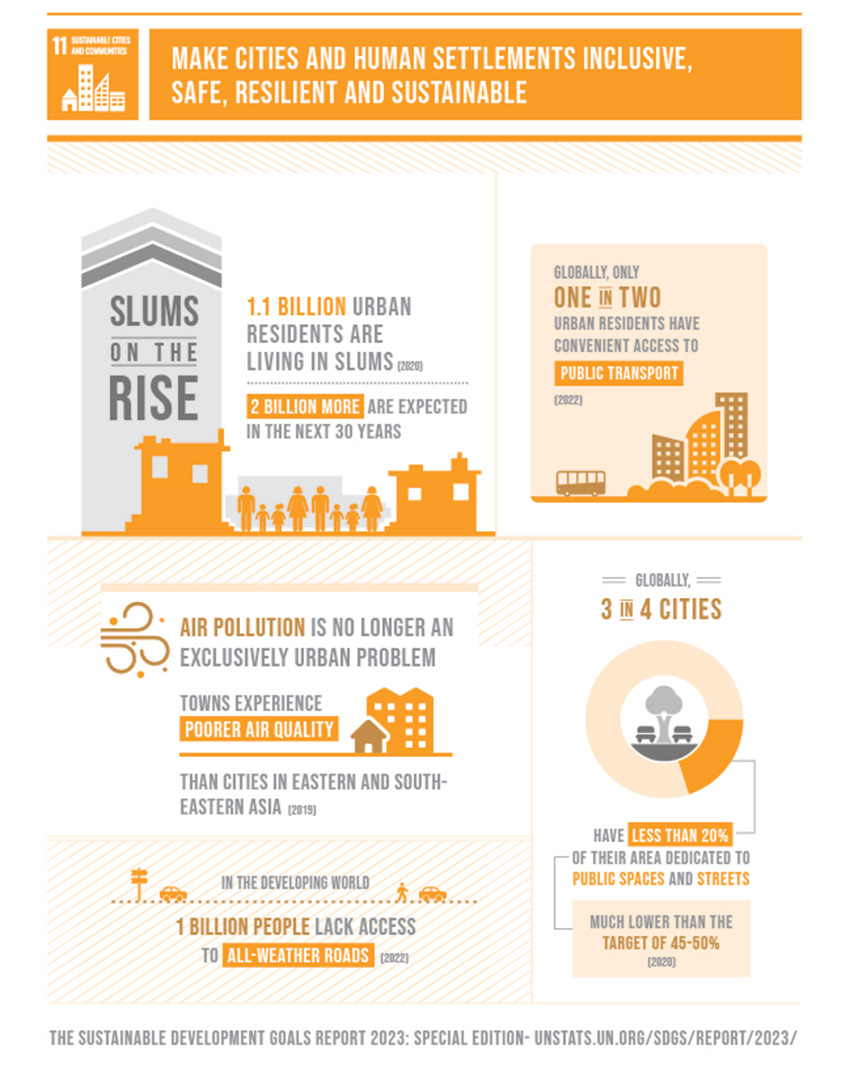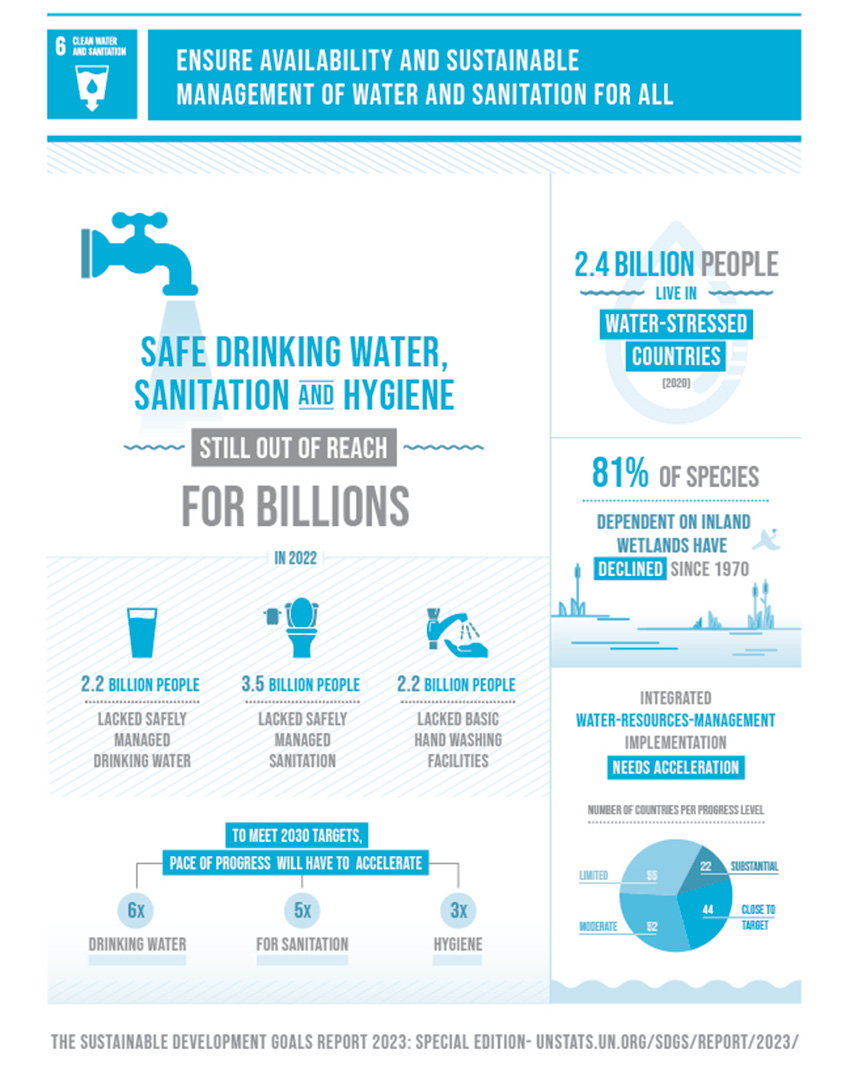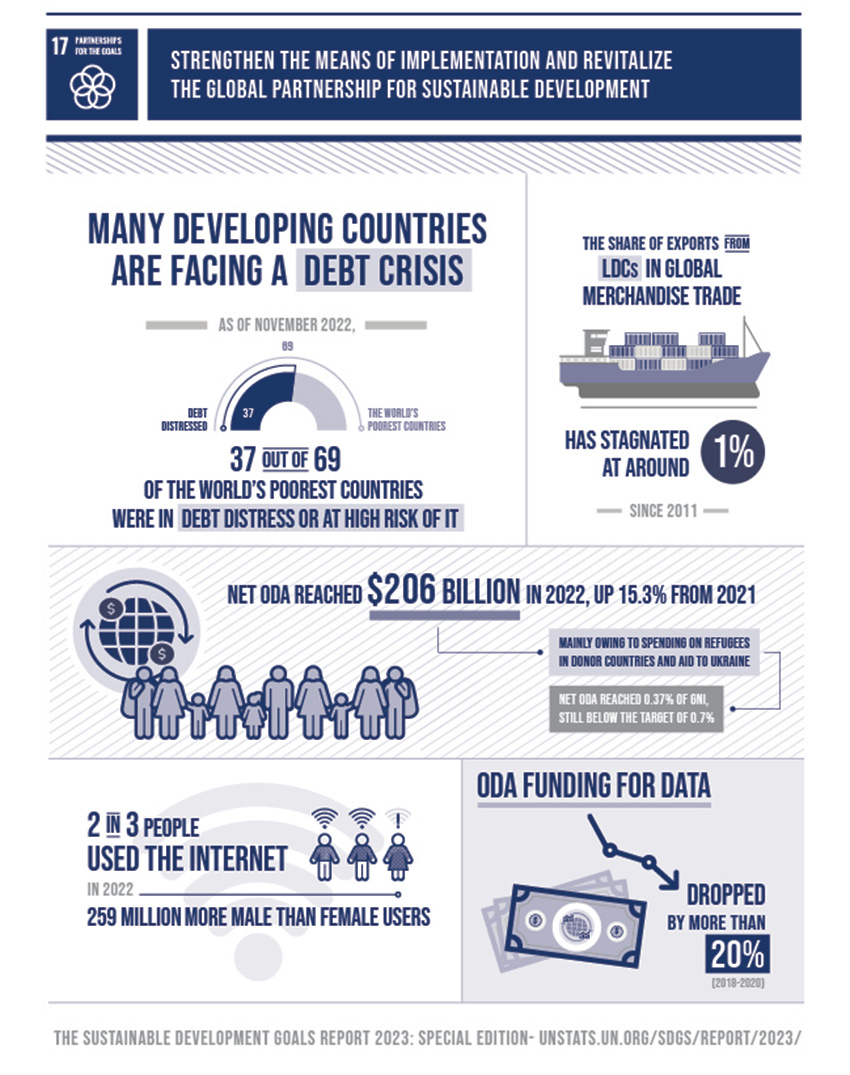
Customer profiles (or buyer personas) are internal documents or infographics that contain semi-fictional descriptions of your brand’s most loyal and profitable customers. Customer profiles help you make decisions based on your ideal customer groups’ needs and desires. If the decision you’re making isn’t aligned with them, your brand is at risk of losing out on revenue.
Why you should create customer profiles
Customer profiles take the guesswork out of your brand choices. Here are a few specific areas of your business that customer profiles can exponentially improve:
They guide your website design
While it is important that your website represents your brand, it is even more essential that your website caters to your target audience. Your website should not only fit your ideal customer’s aesthetic, but it should also fit their technology preferences. Do they spend more time on a desktop or on their cellphone? This will determine the level of mobile friendliness your website needs to achieve in order to decrease your website’s overall bounce rate and continue to attract potential customers.
They guide your marketing decisions
As well as helping with your design, creating customer profiles will help your brand’s marketing team create better strategies and truly speak to your ideal customers. Well-outlined customer profiles will exceptionally optimize the design, language (word choice, style, and tone of the copy), and form (print vs digital) of your advertisements.
They help you improve your product and/or services
Just as people change, your customer profiles will experience slight shifts. This means that you may need to periodically make changes to your product and/or services as well as the way in which they are marketed. Knowing your customers will help you better define what kind of products and services will add the most value to their lives.
How to create customer profiles – the information you need to collect
The easiest way to create customer profiles for your brand is by following a template. Templating your process makes it so that the same essential information is included on all your customer profiles. Usually, templates include demographics, personal story, annual income, goals, pain points, common objections (to the product/service being offered), and consumer habits (technology preferences as well as how and where they shop and find information). Here are some tips you can follow to develop your own template:
Start with the most valuable customer type
If you’ve been in business for over a year, you are probably familiar with your most loyal customers. This is the group you should start with when building your brand’s first customer profile. Not only will it require much less outside research, but you’ll get all your employees and coworkers on the same page about who the ideal customer is. After all, it’s much easier to get what you want if you write it down – so start with your ideal customer and branch out from there.
Give all personas a name and a face
Another way you can get your team on the same page is by giving each persona a title and a stock photo that represents them. Some examples include “Soccer Dad Dan” and “Eco-Friendly Emily.” The more fun they are to say, the easier it will be for your team members to include them in their daily decisions.
Define their story, goals, and pain points
Who is your ideal customer? This is where you get into the nitty-gritty of the persona. For the story, you’ll need to write a list or a short paragraph about the basic information this customer uses to define themselves. What roles do they play (parent, CEO, programmer, etc.)? Can you identify their passions? What do they do in their day-to-day life? These are all things you’ll need to outline in the story portion. Then, define their goals and pain points. The idea is to use these as a means of figuring out how your product and/or service can help achieve their goals and/or eliminate their pain points.
Interview and survey your customers
You may be asking yourself, “how do I collect all this information?” While some of it will come from searching the internet, it’s much easier to start with what you already have – your current customers! If you can, ask some of your customers for feedback. Invite them over for an interview or send out an email with a survey. You can also provide more opportunities for feedback by weaving surveys into their overall customer journey. This will ensure that you receive not only the most accurate information but the most relevant information as well.
How customer profiles can help you
They help guide:
- Marketing
- General decision making
- Changes to your service and/or products
- Improvements to your business
Customer profiles are an essential part of any brand. If you’re looking for further help building your customer profiles and creating effective, targeted marketing campaigns, our team of marketing specialists is here to help.










